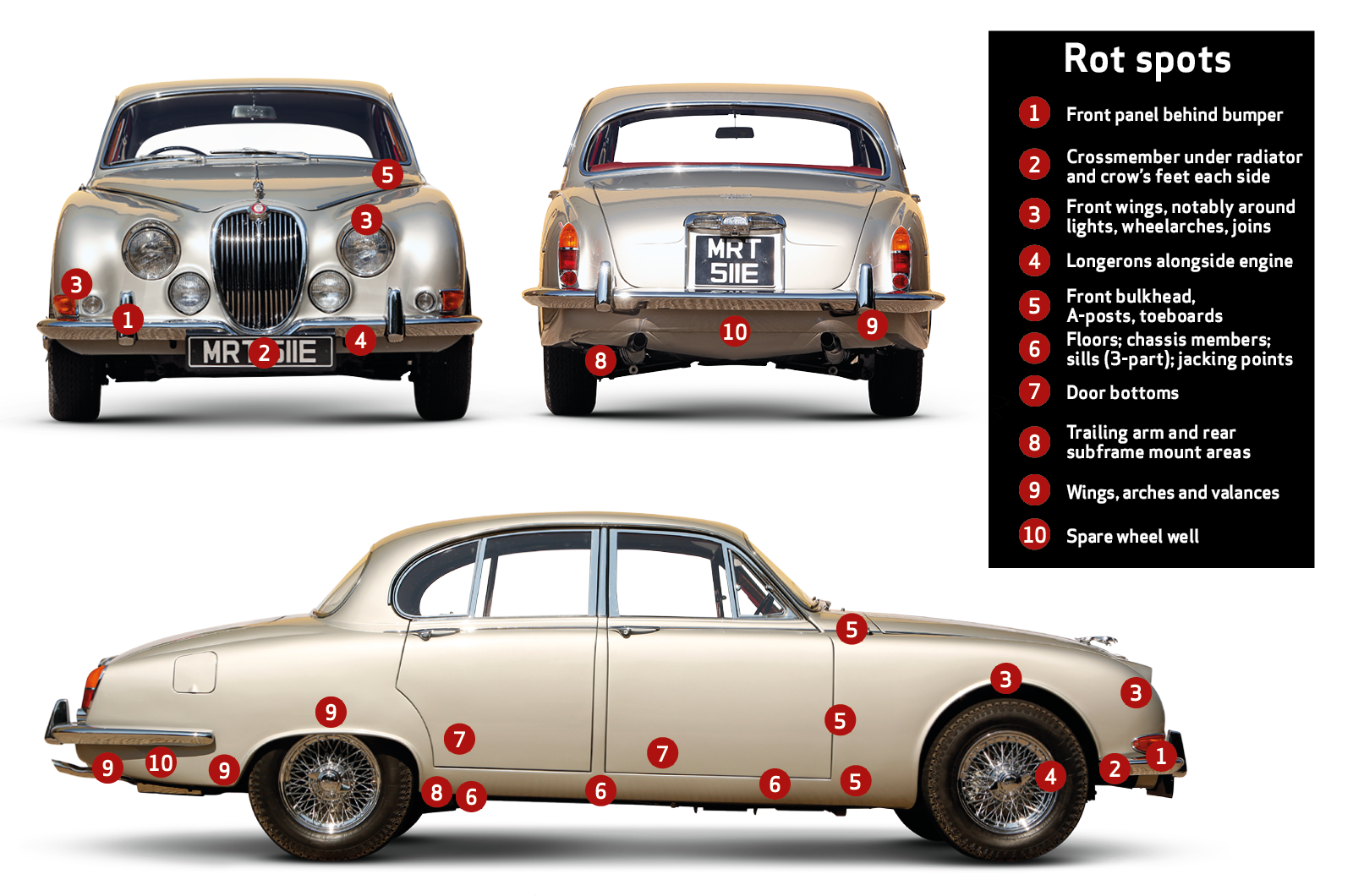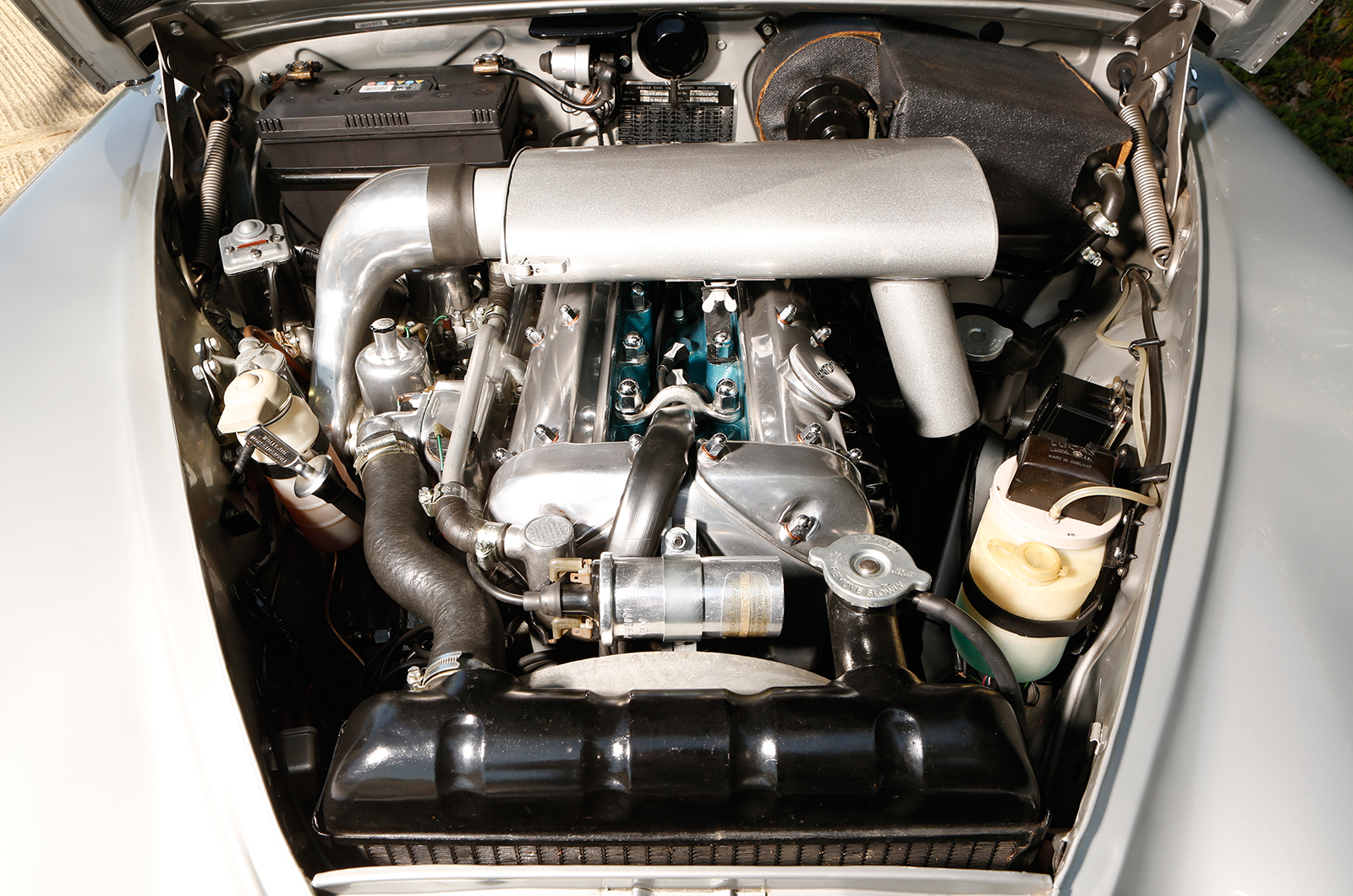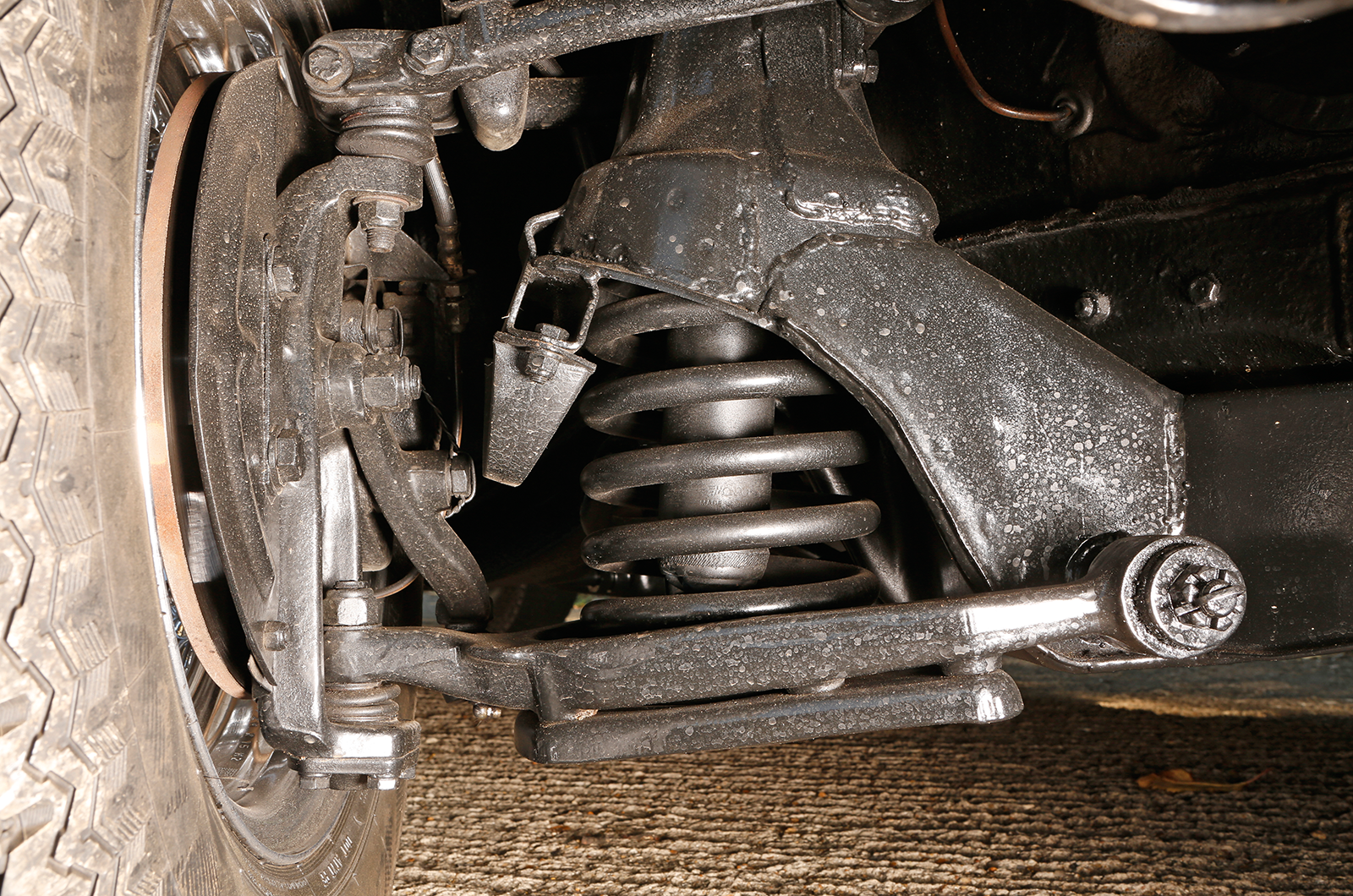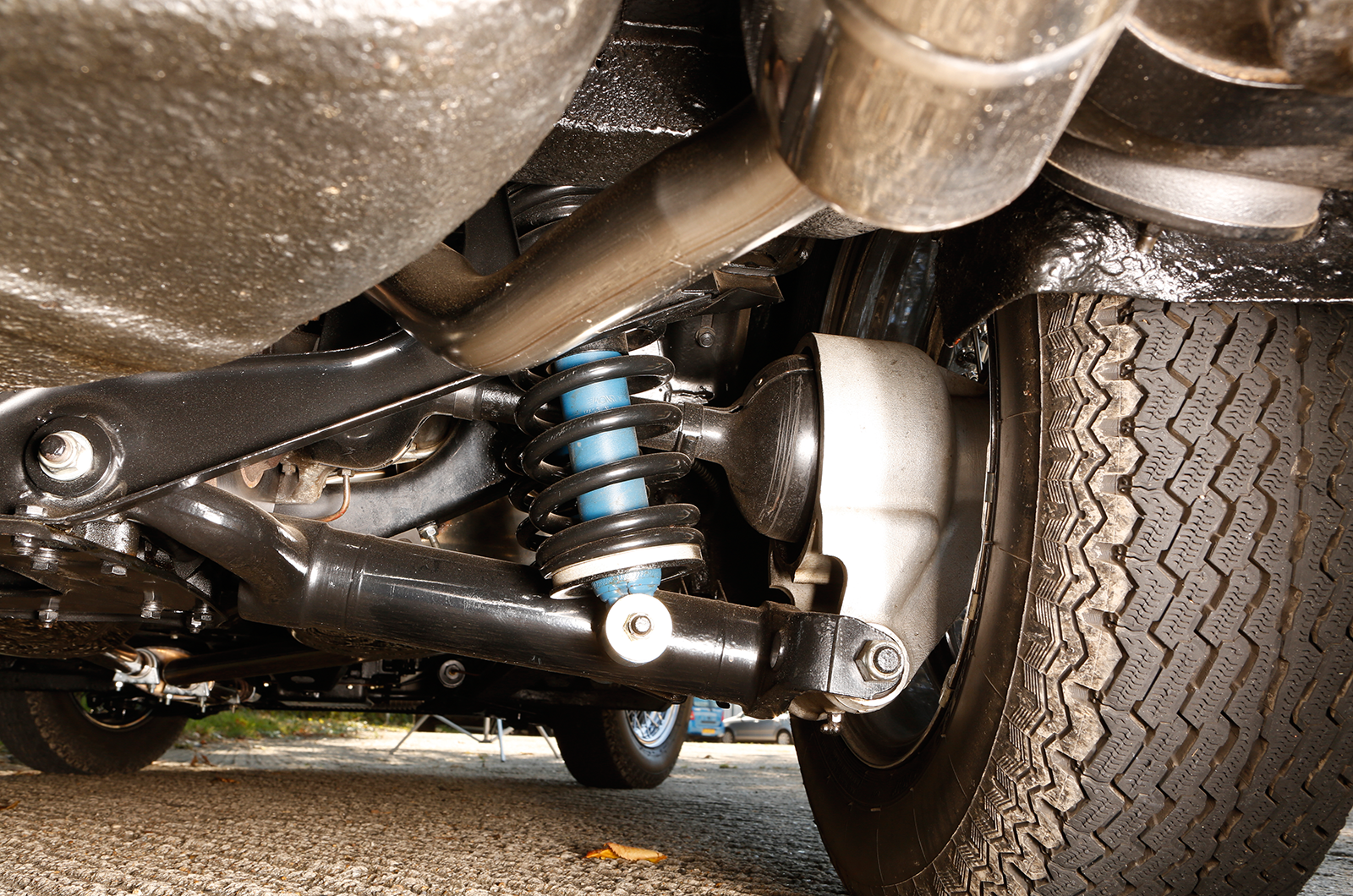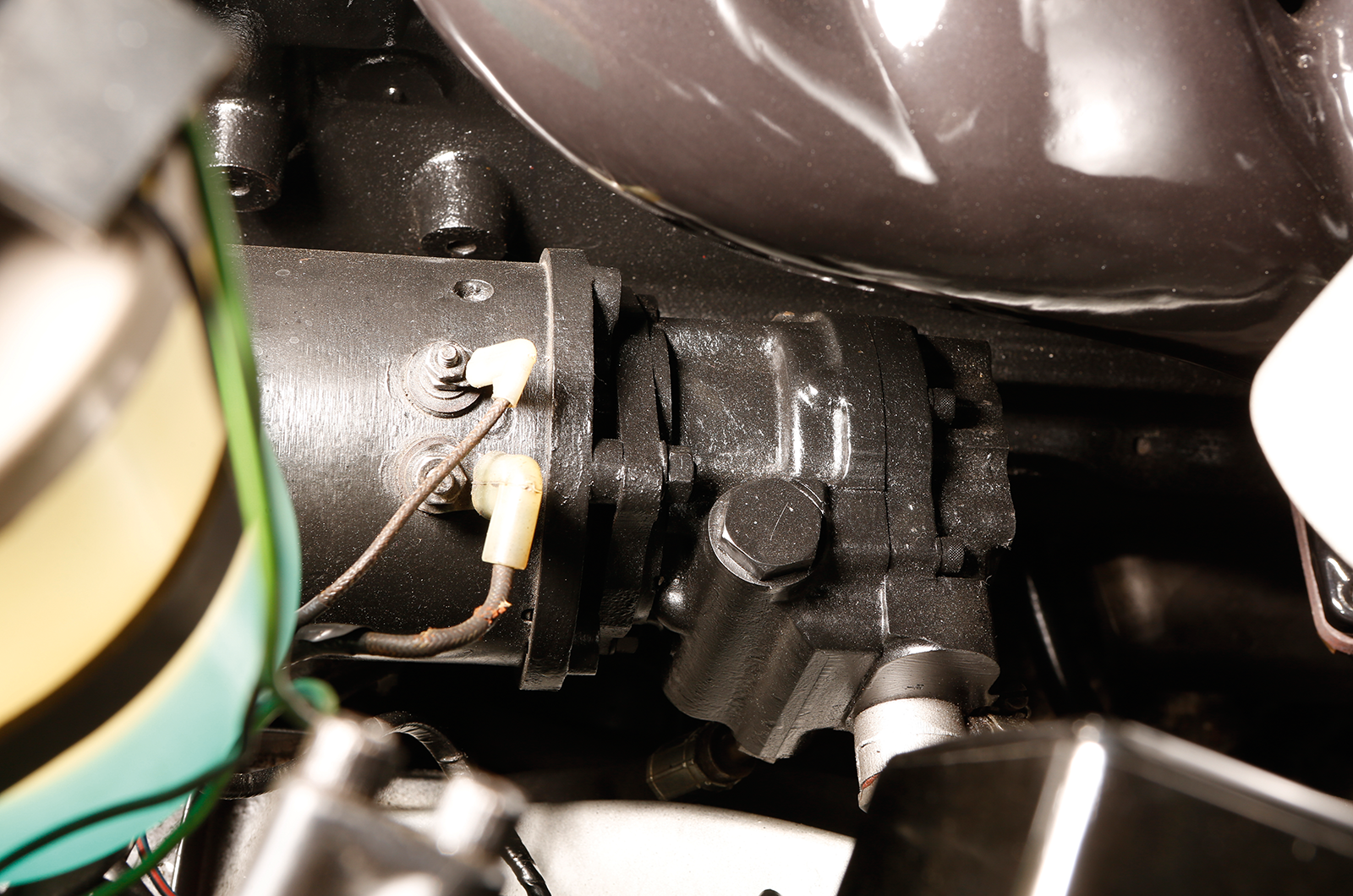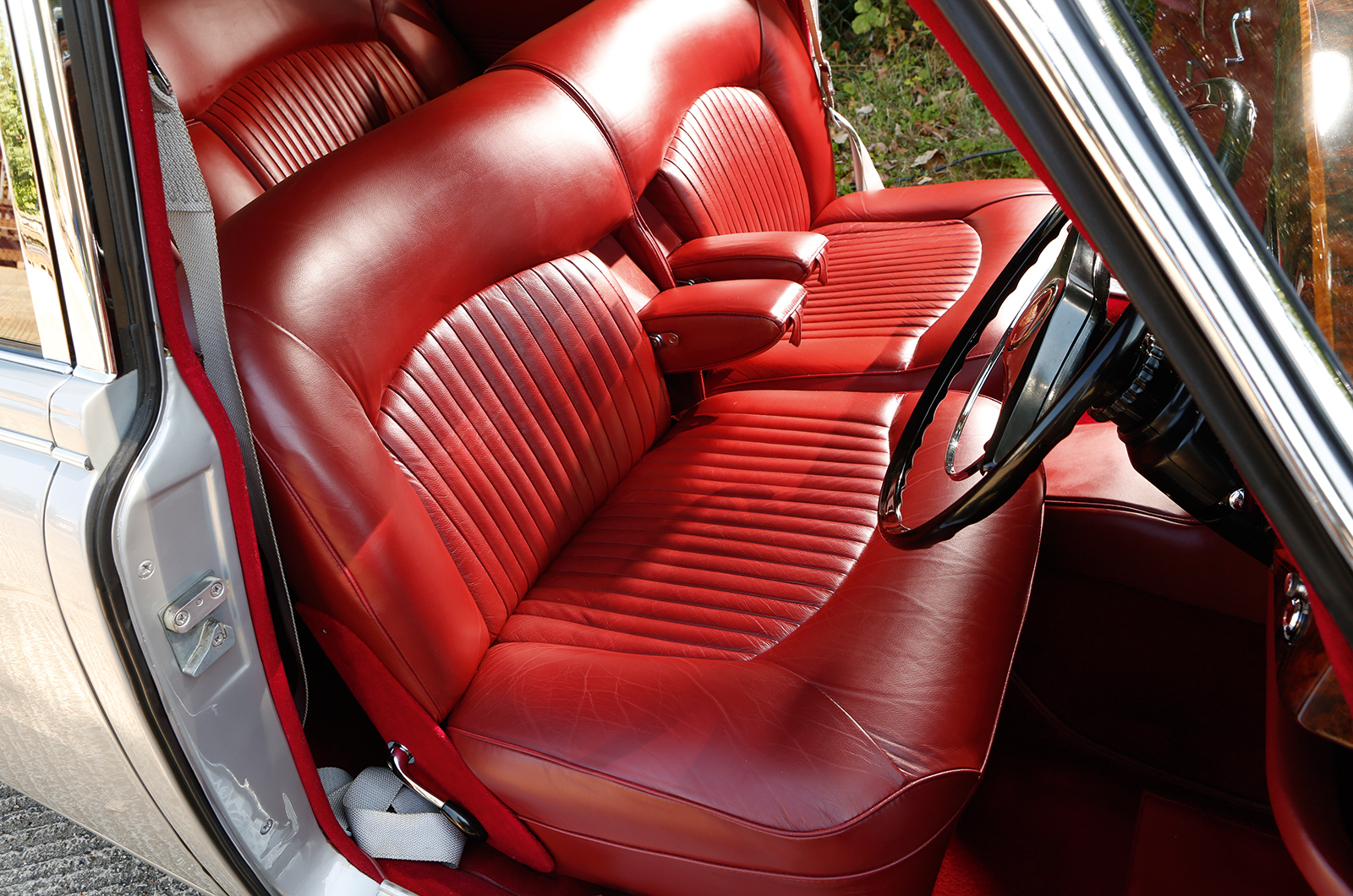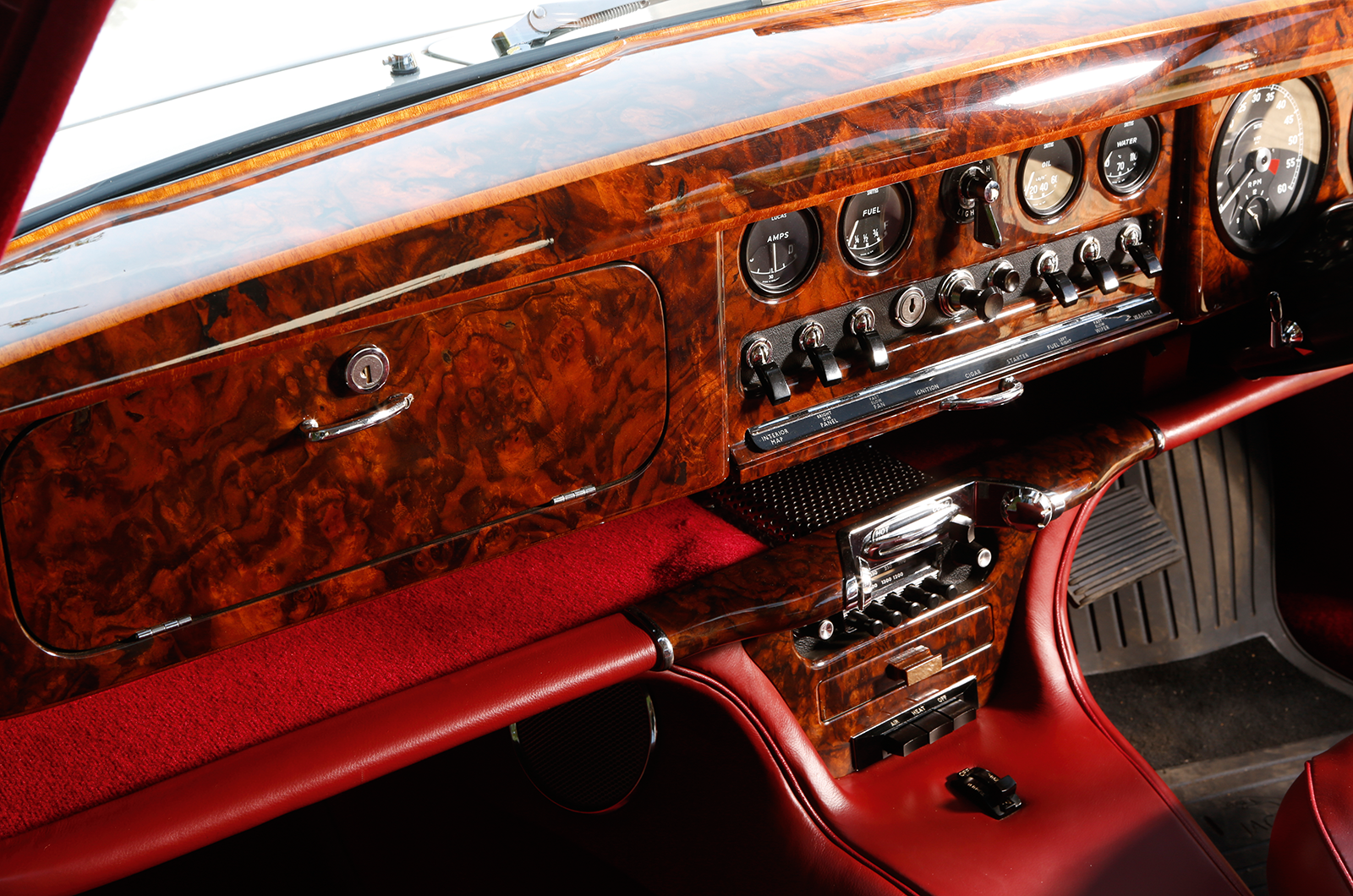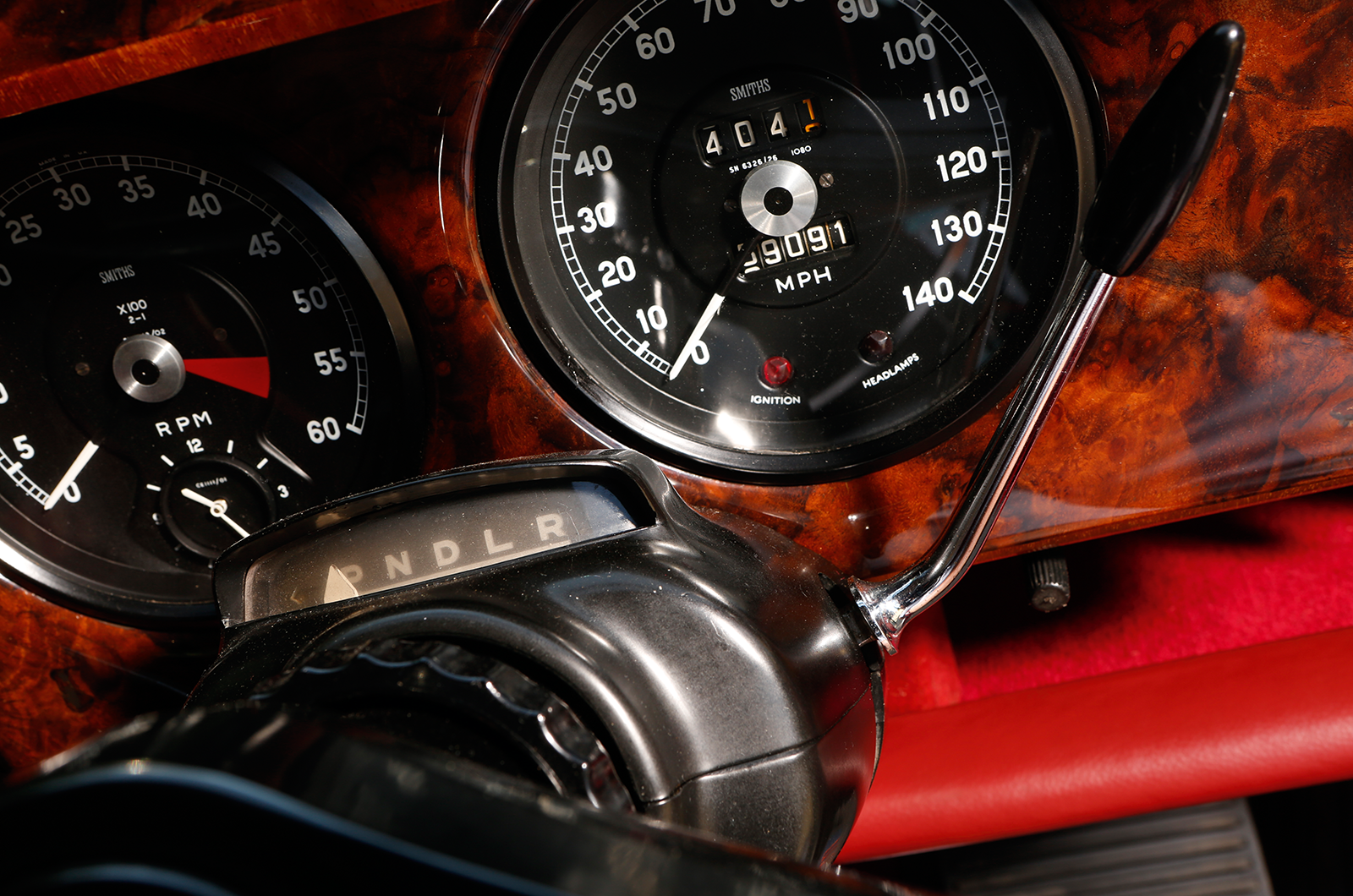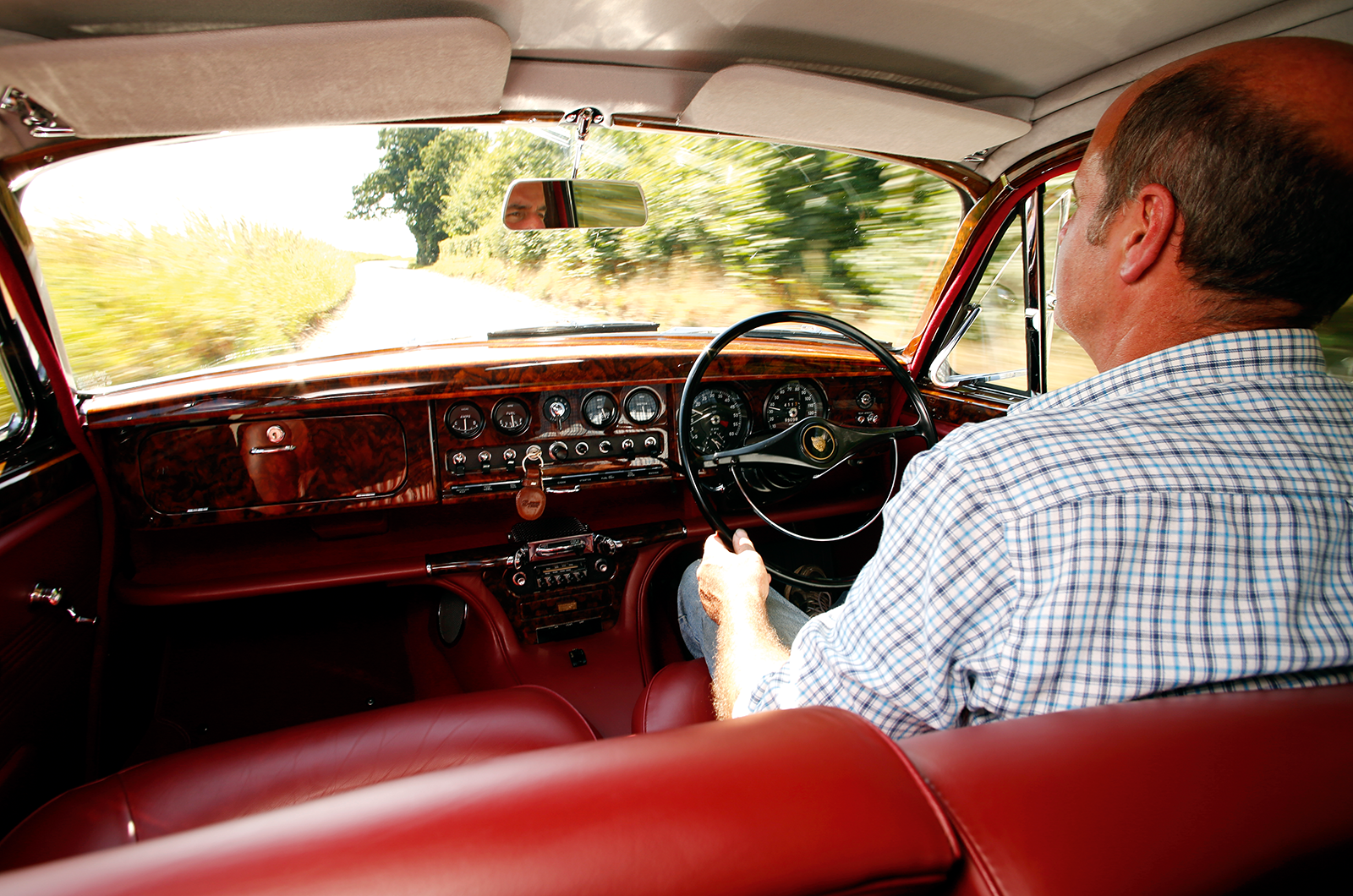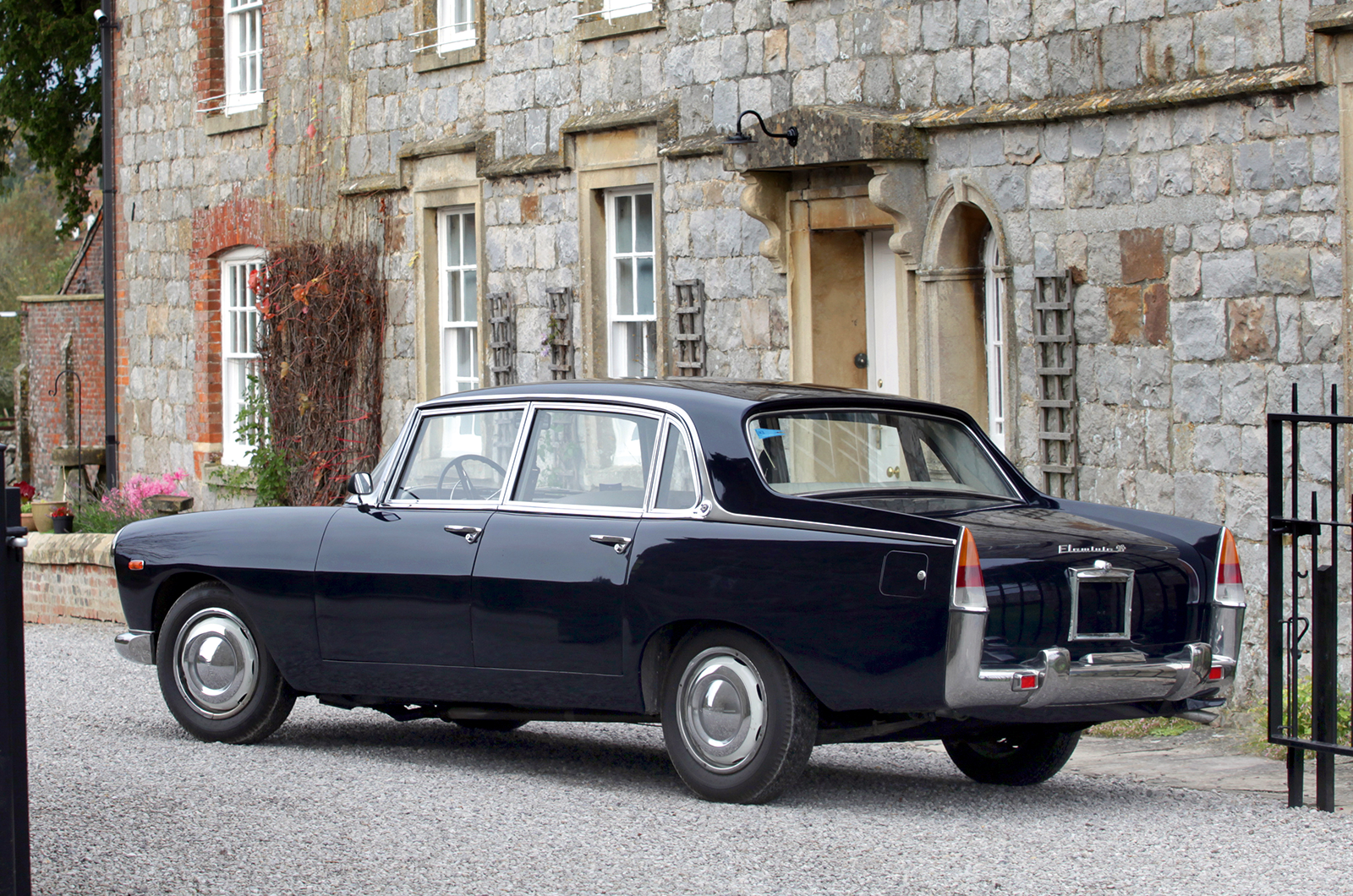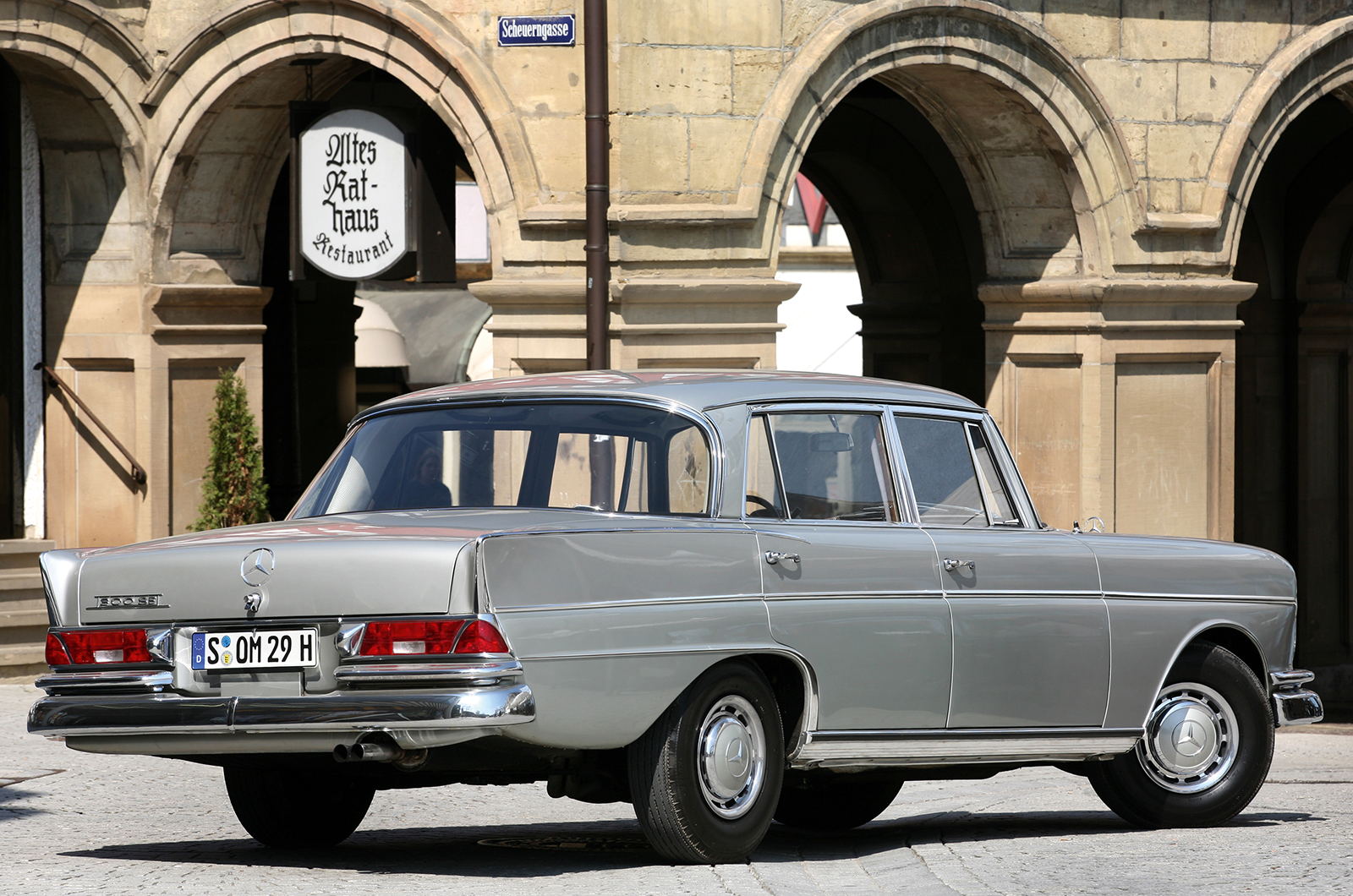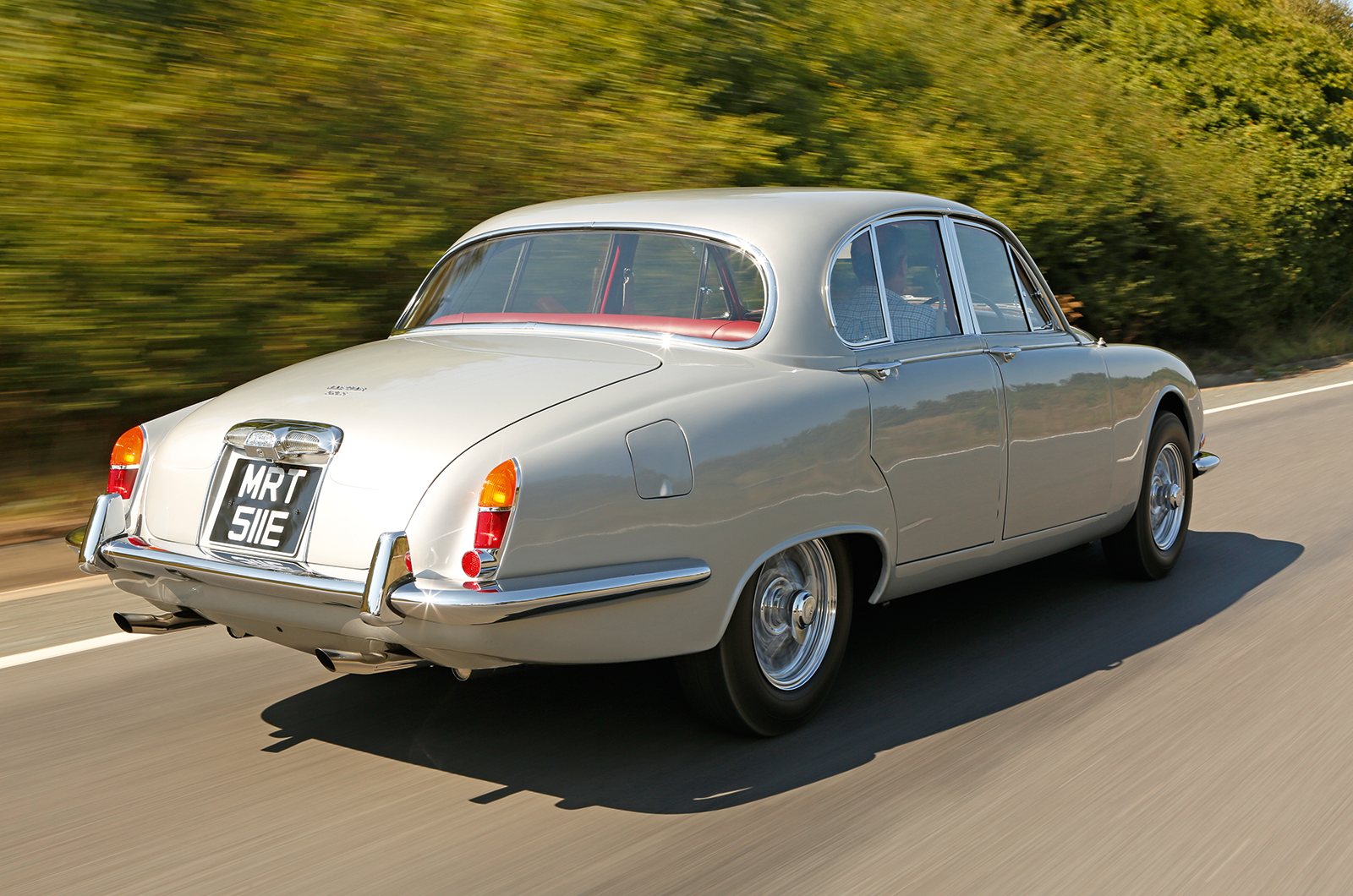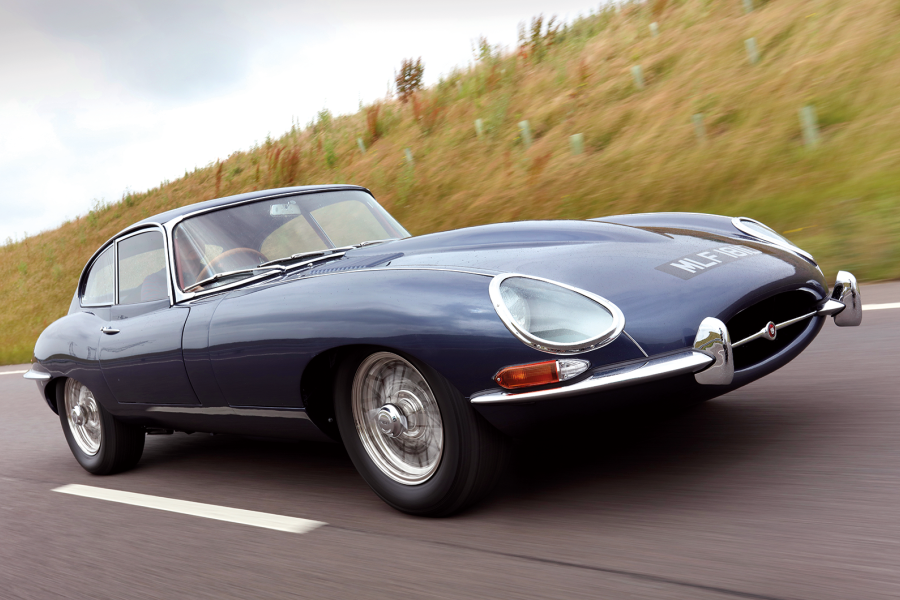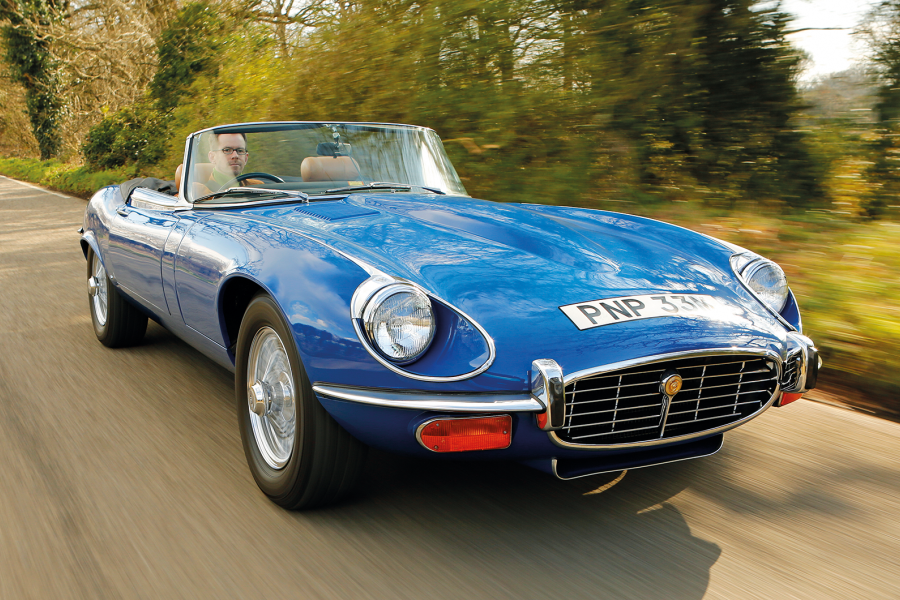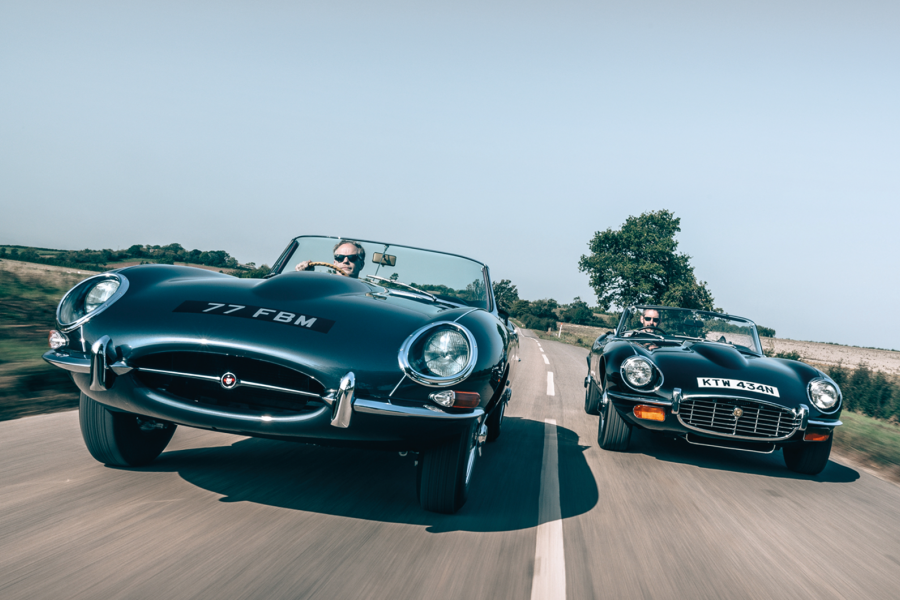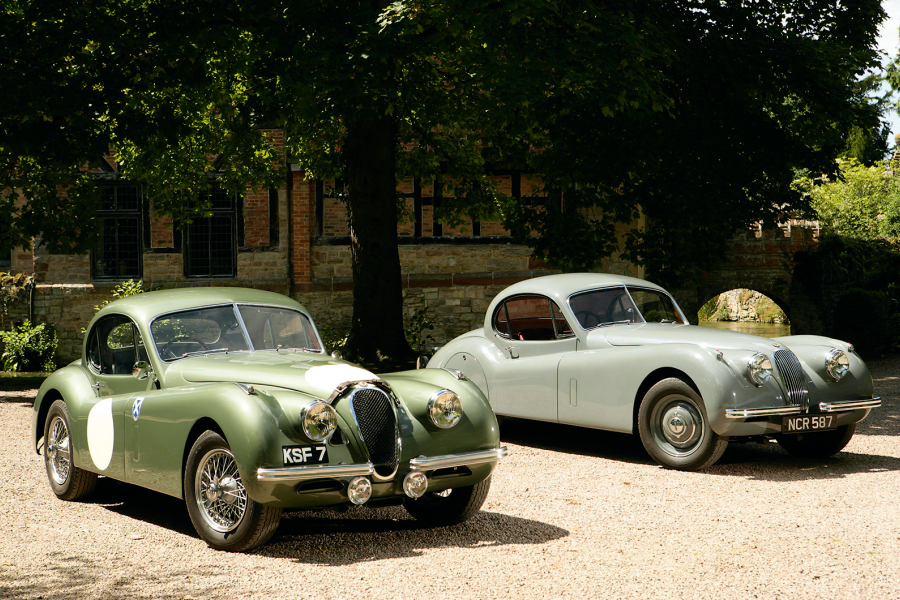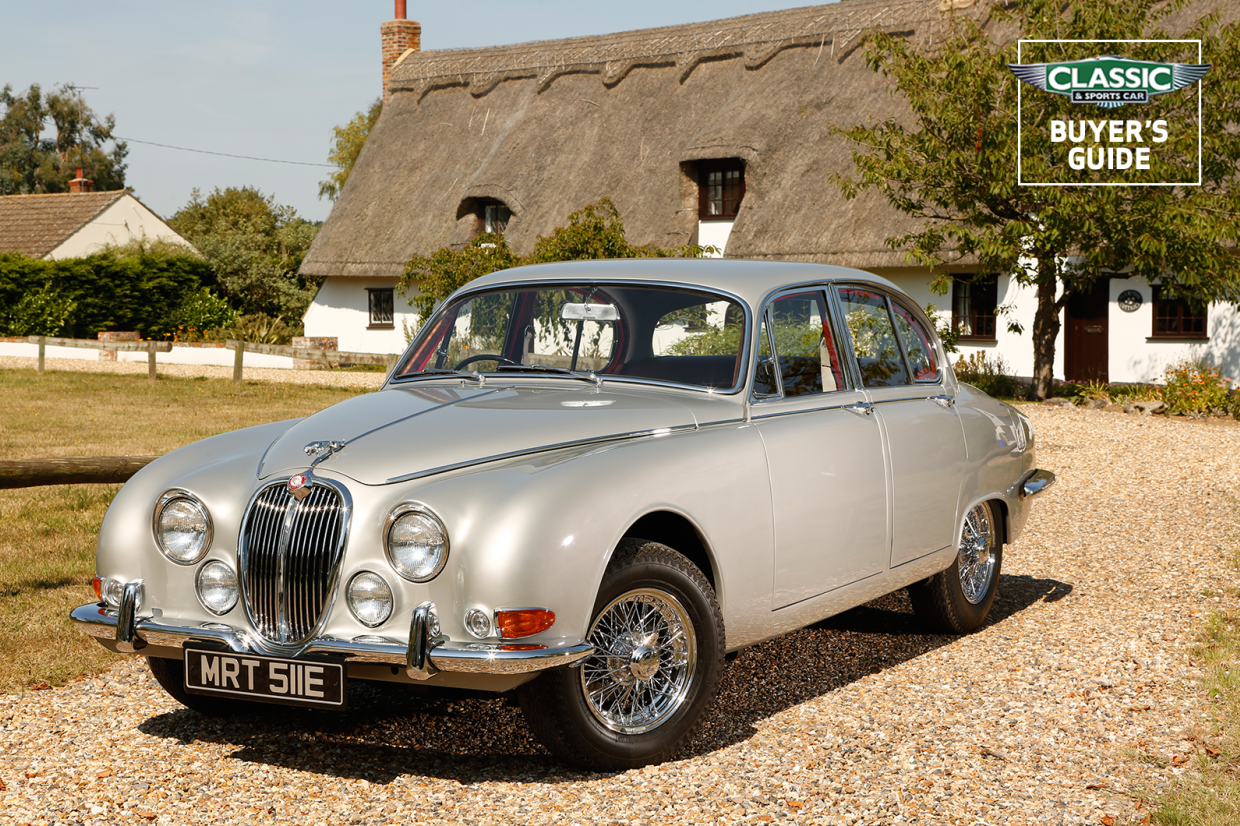
Why you’d want a Jaguar S-type
Looking back, many commentators criticise Jaguar for its apparently crazy proliferation in the 1960s saloon market, with the Mk2 and Daimler 2½-litre, plus S-type, 420 and Sovereign and MkX/420G.
But if you look at what was happening to competing firms, Sir William Lyons’ brilliance shows through.
Rivals were dropping like flies – closing or moving out of the big sporty saloon market – to a large extent because Lyons’ products were so good and such excellent value.
By broadening his range, he hoped to mop up all of those buyers who’d previously gone to Alvis, Humber, Sunbeam-Talbot, Armstrong Siddeley, Lagonda, Riley, Standard, or overseas marques such as Delage, Delahaye, Facel Vega and Hotchkiss.
Then, having drawn in that spectrum of new customers to the Browns Lane family, he aimed to capitalise by replacing that abundance of models with just one: the brilliant new XJ6.
The S-type answered critics who felt that the Mk2 was beginning to feel a bit too crude with its heavy live rear axle.
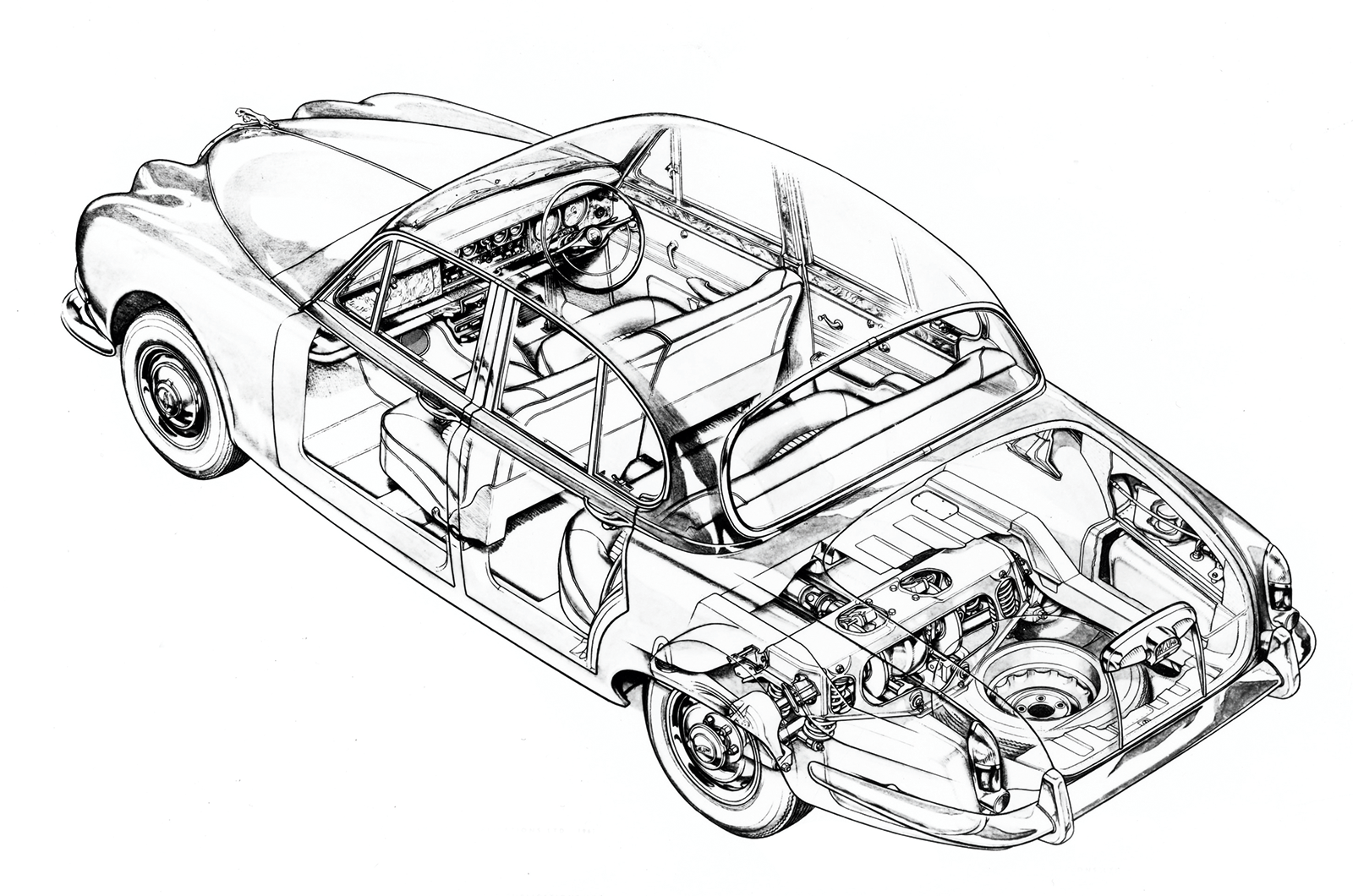
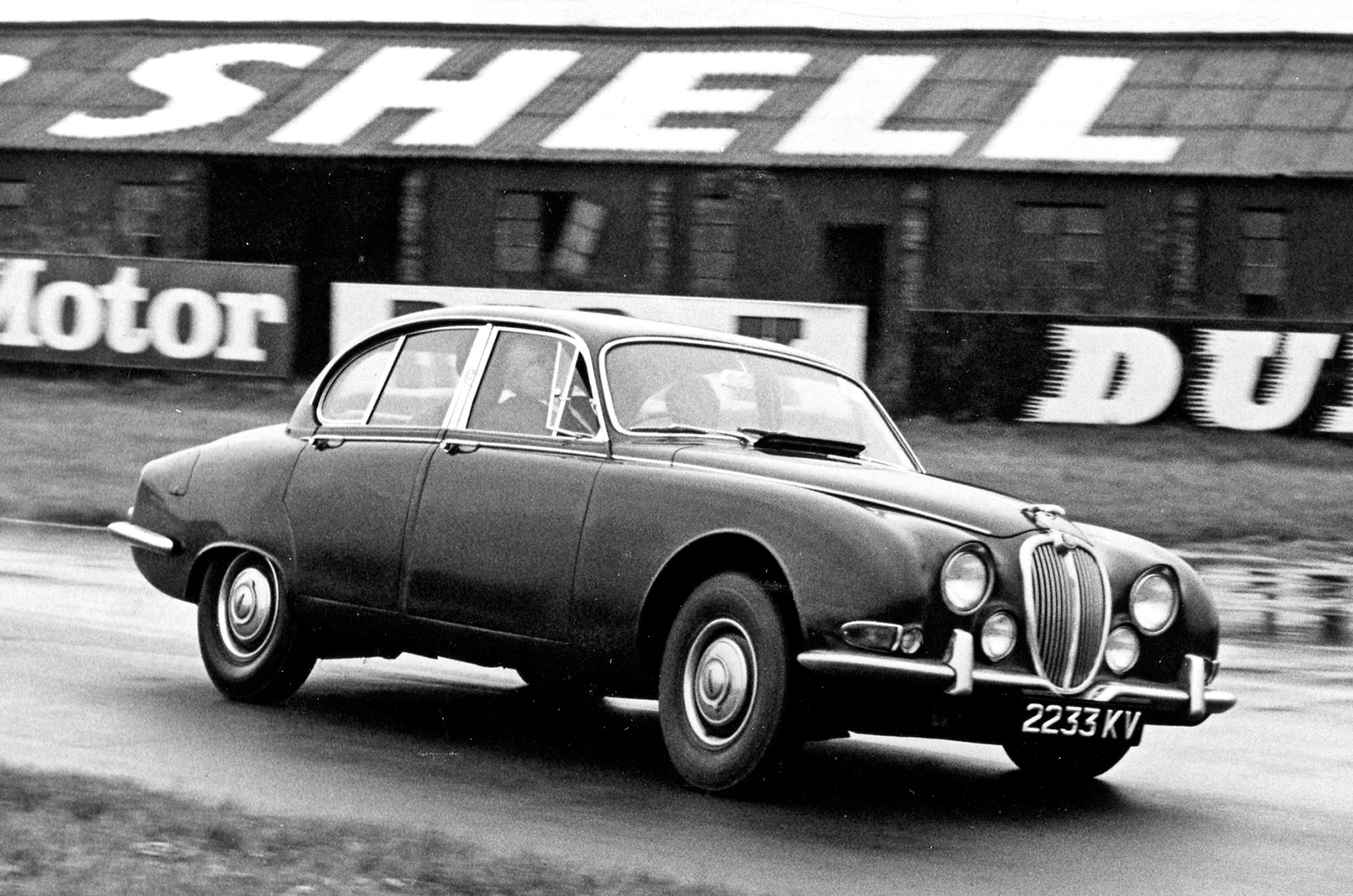
Cutaway shows neat installation of MkX’s independent rear end (left); suspension gives an excellent ride, but with plenty of lean

